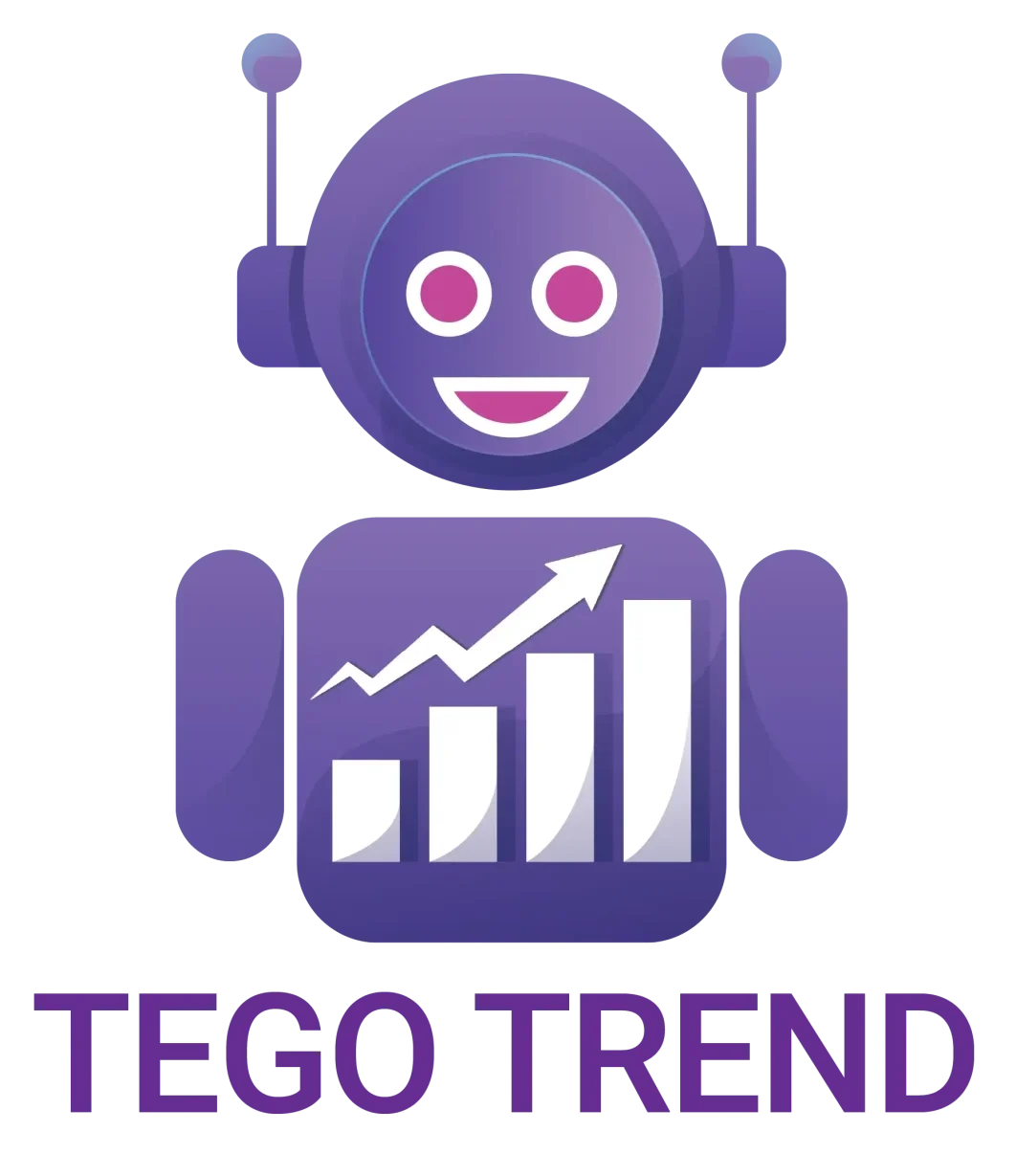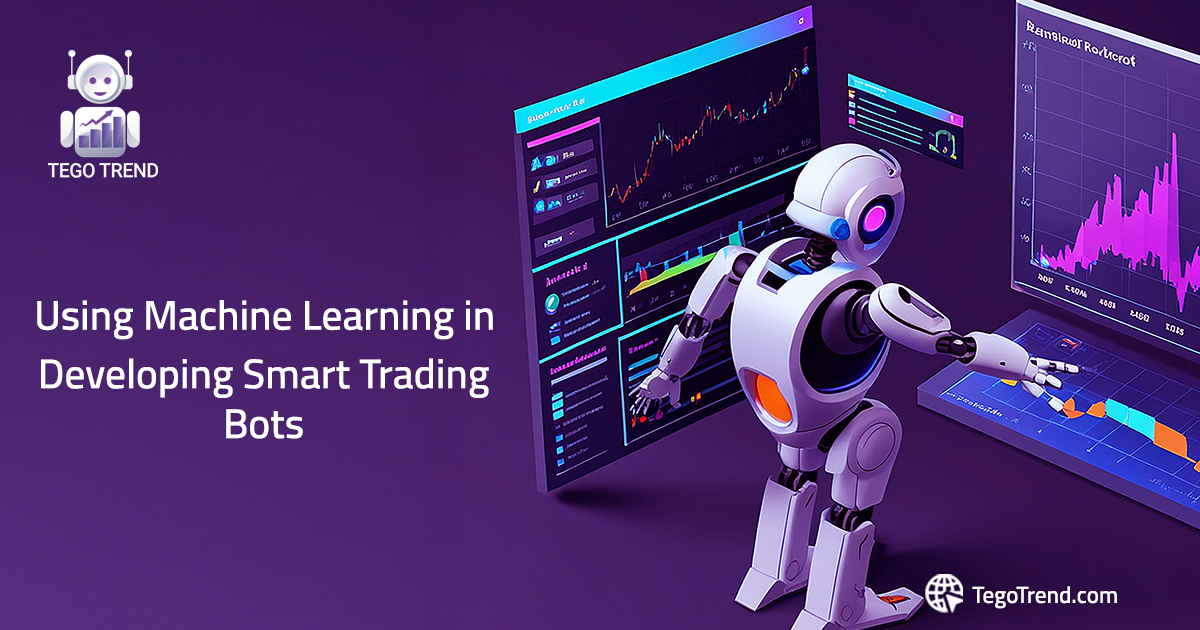Using Machine Learning Techniques to Develop Intelligent Trading Bots
Artificial intelligence, specifically machine learning, has become one of the most prominent tools that have significantly transformed the world of trading. Below is a breakdown of the key areas highlighting the role of machine learning in developing smarter and more efficient trading bots.
The Concept of Machine Learning
Machine learning is a branch of artificial intelligence that enables systems to learn from data and improve their performance without the need for explicit programming. This technology relies on data analysis and pattern recognition, allowing for accurate decision-making that aligns with constantly changing realities.The Importance of Machine Learning in Trading
Financial markets are characterized by rapid changes and continuous fluctuations, making them difficult to predict using traditional rule-based systems. This is where machine learning comes into play by:
Enhancing the accuracy of future predictions.
Analyzing vast amounts of data in record time.
Continuously adapting to market changes.
Types of Data Used in Training Bots
Smart trading bots rely on a wide variety of data, including:
Historical price data.
Technical analysis indicators.
Trading volumes and liquidity flows.
Market news and financial analyses.
Market sentiment analysis from social media and online communities.
Algorithms Used in Developing Trading Bots
Several algorithms are used to teach bots how to make decisions, such as:
Regression for predicting prices or trends.
Decision Trees to determine when to buy or sell.
Neural Networks for processing complex patterns.
Reinforcement Learning to train the bot to make decisions based on experience and past results.
A Simple Practical Example
For instance, a trading bot can be trained on Bitcoin data from the past two years. If it discovers a specific pattern that usually precedes a price rise, it will use that pattern to predict future movement and make buy decisions before the actual increase occurs.Challenges Associated with Applying Machine Learning in Trading
Unpredictable market fluctuations.
The need for large and accurate datasets.
Difficulty in interpreting some bot decisions (the “Black Box” issue).
Risks of overfitting to historical data without being able to adapt to new events.
Examples of Real-World Use in the Market
Many major trading firms today rely on intelligent systems to analyze markets, manage risks, and identify ideal entry and exit points. Machine learning algorithms are also used to detect anomalies and fraudulent behavior.Can Beginners Enter This Field?
Yes, beginners can start with simple projects using tools like:
Python
Machine learning libraries such as Scikit-learn and TensorFlow
Progressively, they can build models and connect them to real trading systems to obtain real-world results and improve them over time.
With the rapid development in artificial intelligence, machine learning is expected to become a core element in the trading industry in the coming years, opening up wide horizons for both developers and investors alike.


